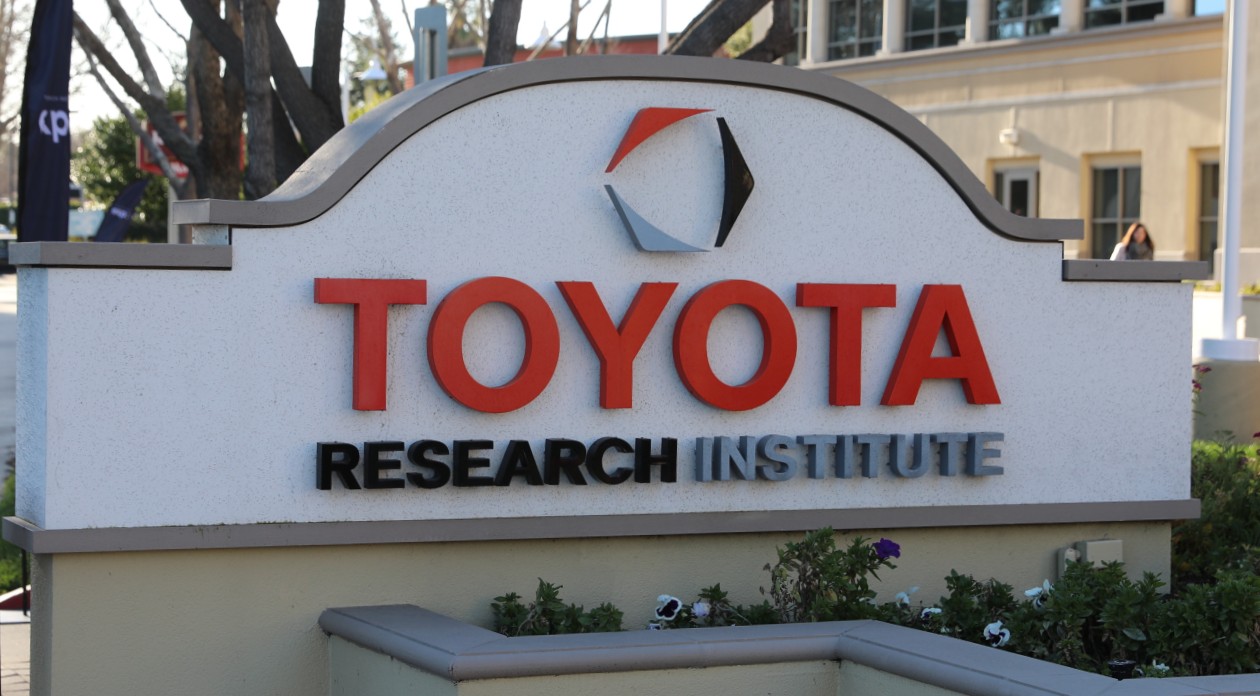As we stand on the brink of a new era in robotics, the conversation around its future grows more diverse and exciting. In a recent Q&A hosted by the TechCrunch Actuator newsletter, two leading figures from the Toyota Research Institute (TRI), Max Bajracharya and Russ Tedrake, offered their insights on the transformative role of technology in robotics. With backgrounds that blend academic prowess and practical experience, their perspectives shed light on how generative AI and other innovations are poised to reshape the robotics landscape. Let’s delve into the revelations shared by these experts and explore the profound implications for the industry.
The Role of Generative AI in Robotics
The integration of generative AI in robotics is a key theme of the discussion. Russ Tedrake highlighted its potential to enhance communication with robots through natural language processing, allowing for a more seamless interaction between humans and machines. This capability is not just about understanding commands; it also encompasses a more nuanced understanding of context through vast datasets of language and imagery.
However, as Tedrake pointed out, we are still in the early stages of this evolution. The challenge lies in bridging the gap between visual and linguistic knowledge and the physical skills needed for robots to perform useful tasks. For those in the robotics field, this represents a thrilling frontier but also a call for further research and development.
Redefining Humanoid Robots
When discussing the shape and form of future robots, Max Bajracharya took an intriguing stance. While acknowledging that many environments are designed with humans in mind, he argued that robots don’t necessarily need to mimic human anatomy to be effective. Instead, the emphasis should be on creating machines that are compact, safe, and capable of executing human-like tasks.
This perspective opens the door to innovative designs that can operate in human-centric spaces without adhering to traditional humanoid forms, thus broadening the design possibilities for robotics in various applications.
New Frontiers: Agriculture and Beyond
Looking beyond the traditional realms of manufacturing and warehousing, Bajracharya pinpointed agriculture as a sector ripe for robotic intervention. Despite the challenges posed by the outdoor and often unpredictable nature of farming, advancements are being made. Investments from Toyota Ventures in companies like Burro and Agtonomy are examples of the steps being taken to introduce autonomy into agricultural tasks.
The shift towards agricultural robotics could revolutionize food production, addressing labor shortages and enhancing efficiency while raising questions about sustainability and technology’s role in food systems.
The Path to General-purpose Robots
One of the most exciting questions posed was about the timeline for achieving true general-purpose robots. Tedrake expressed optimism, noting that while the specific timeline is uncertain, consistent progress is being made towards developing robots with versatile capabilities. He believes that fields such as flexible automation, agriculture, and service robots will increasingly benefit from more sophisticated and capable systems.
The Future of Home Robotics
While the potential for home robots has often been discussed, Bajracharya highlighted the unique challenges they face. The unpredictability of home environments, combined with consumer sensitivity to pricing, complicates the deployment of robots in domestic settings. Although technological advancements are happening rapidly, the future remains difficult to predict.
The Quiet Revolution of Simulation
Interestingly, Tedrake brought attention to a trend that has not received as much media coverage: the rise of advanced simulation technologies in robotics. With large investments from tech giants like Nvidia and Google DeepMind, the ability to train and test robotic systems in simulated environments has become standard practice. This paradigm shift allows researchers to explore complex systems without the high costs and risks associated with physical prototypes.
As Tedrake mentioned, overcoming skepticism in fully simulating a dexterous robotic hand and achieving real-world functionality is a milestone that researchers are progressively working toward.
Conclusion
The insights shared by Max Bajracharya and Russ Tedrake from Toyota Research Institute underscore the dynamic and promising landscape of the robotics industry. From the integration of generative AI to the potential for significant advancements in agricultural applications and home robotics, the future holds extraordinary possibilities. As challenges continue to be met with innovation and investment, we can anticipate a vibrant evolution in how robotics will enhance various sectors of our lives.
At fxis.ai, we believe that such advancements are crucial for the future of AI, as they enable more comprehensive and effective solutions. Our team is continually exploring new methodologies to push the envelope in artificial intelligence, ensuring that our clients benefit from the latest technological innovations.
For more insights, updates, or to collaborate on AI development projects, stay connected with fxis.ai.

